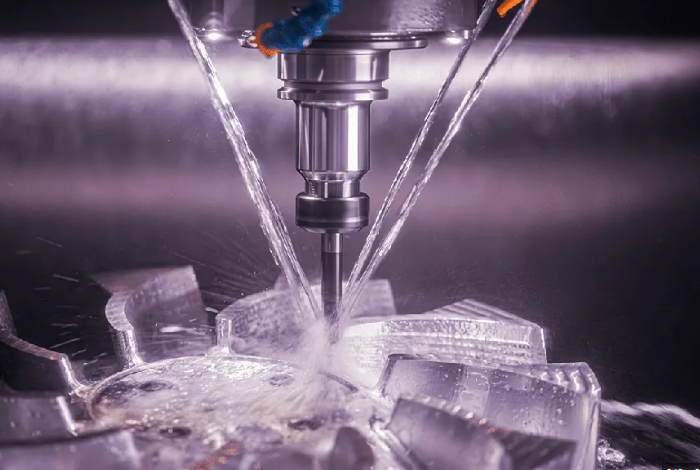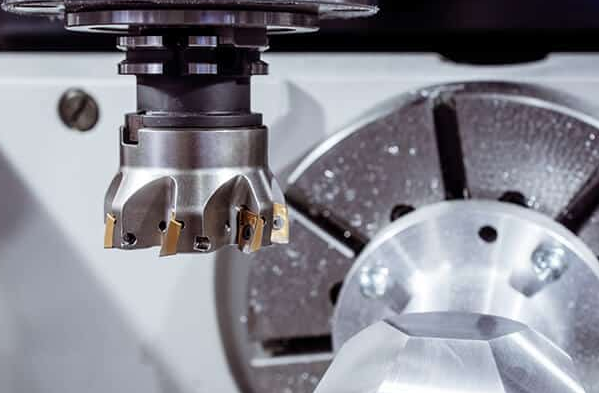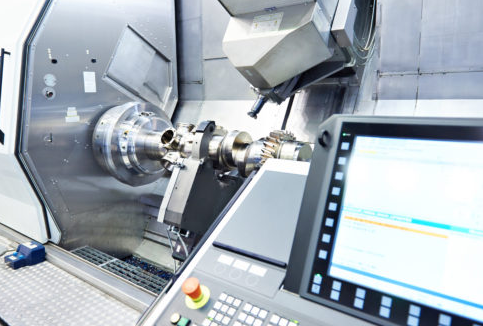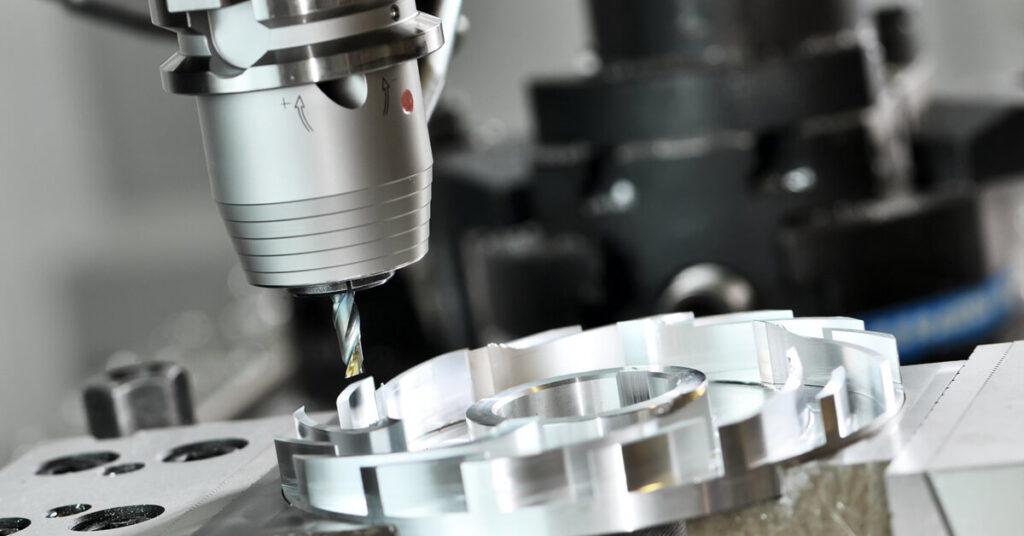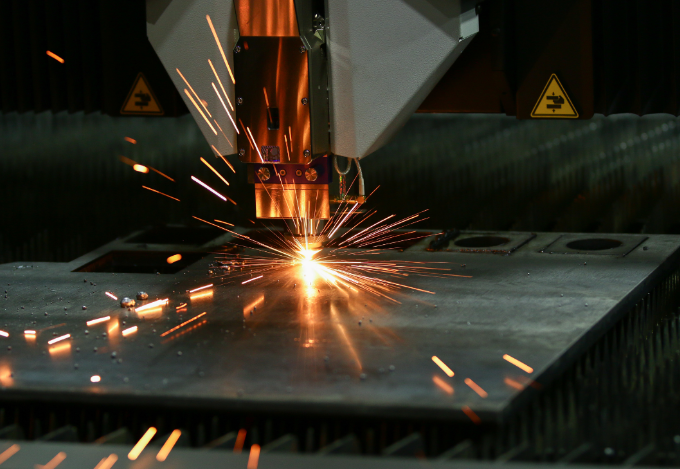What are the risks of CNC machining
CNC machining risks include injuries from sharp tools, machine entanglement, flying debris, exposure to harmful coolants, noise-induced hearing loss, electrical hazards, and fire risks. Regular safety training and equipment maintenance are essential. Injury from Sharp Tools CNC machining is among the dangerous works, involving sharp tools. Indeed, such tools are believed to be the greatest …


